History
About the Hampton University Ministers' Conference
The Ministers’ Conference began in 1914 when the Negro Organizational Society, the Conference for Education in the South, the Southern Education Board, and the Cooperative Education Board sought to address the growing concerns of the African-American church and its relationship to the community. With Hampton Institute carrying strong influence with each of these community organizations, it became the birth-place of the original Ministers’ Conference, then known as The Conference of Negro Ministers of Tidewater, Va.
Held June 29-July 3, 1914, 40 ministers representing four denominations gathered in the Memorial Church. The welcoming of clergy from all Christian denominations is what originally set Hampton’s conference apart from the rest and has led to the success seen today.
The success of the first year led to further growth of the conference. The Rev. Dr. A. A. Graham was elected president, the Rev. G. W. Jimmerson was elected vice president, and the Rev. Laurence Fenninger, the Hampton Institute assistant chaplain, became executive secretary. Since Fenninger, the position of executive secretary has always been filled by the university chaplain, thus strengthening the bond between the University and the conference. For most of the conference’s history, the position of University chaplain, and thus the conference executive secretary, has been occupied by a white male. Only in 1976 did Dr. Michael A. Battle become the first African American to serve in the position.
In its second year, the conference adopted the title of The Ministers’ Conference of Hampton Institute (later the HU Ministers’ Conference) and spread beyond the Hampton Roads area to include Richmond and Roanoke, Va. According to a report by Fenninger, the annual conference was to be “held at the same time as the Summer School for Teachers with the hope that closer cooperation might be brought about between ministers and teachers.”
In its early years the conference did face some opposition from various groups that questioned its significance and the need for another gathering of ministers. There were already several Baptist meetings and conferences being held in Virginia. However, the conference continued to grow and flourish. Following World War I, a great migration of blacks from the South to the North was underway, and the Ministers’ Conference reacted by broadening its focus from the rural church to the needs of the urban church.
In 1934, the Annual Choir Directors’ and Organists’ Guild joined the annual conference following the successful visit by the Westminster Choir School the previous year. The Rev. Samuel A. Devan, university chaplain from 1930-1940, wrote in his report, “This aroused so much interest that there have been requests that we provide in future conferences for the attendance of the Church Music Directors.” Even today, the conference carries a strong bond with the Westminster Choir School, now the Westminster Choir College of Rider University.
The HU Ministers’ Conference and Choir Directors’ and Organists’ Guild has also welcomed famous individuals to the campus of Hampton University. Past attendees have included the Rev. Dr. Martin Luther King, Jr. in 1962; the Rev. Wyatt Tee Walker of Abyssinian Baptist Church in New York; the Rev. Jesse Jackson; the Rev. Al Sharpton; the Rev. T.D. Jakes; and in 2007, Barack Obama.
